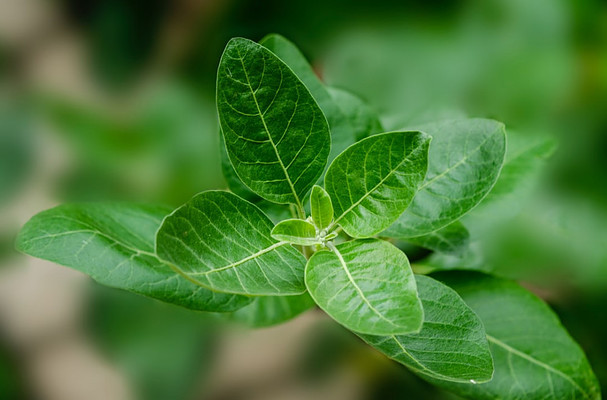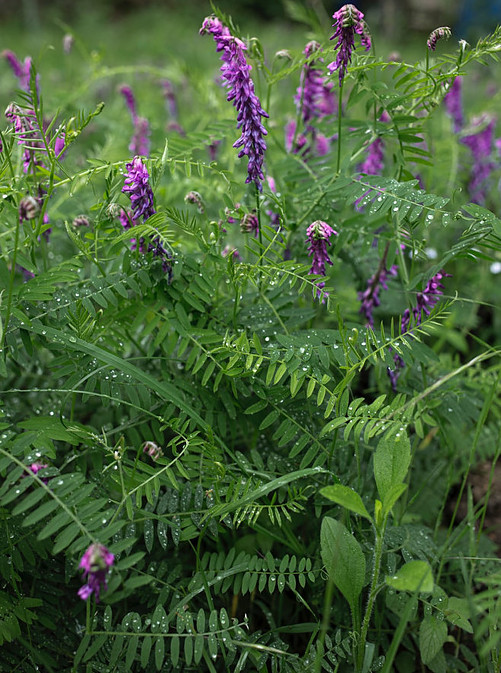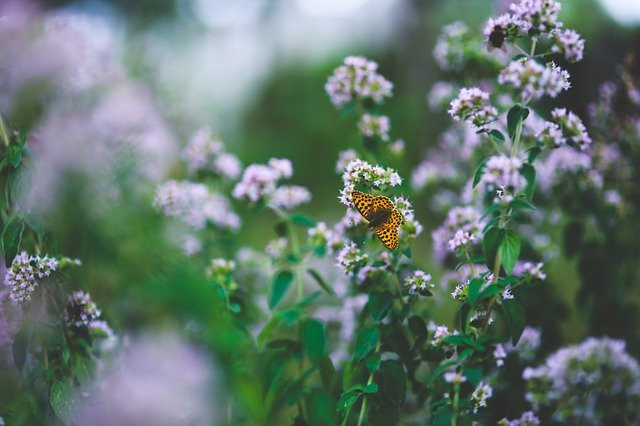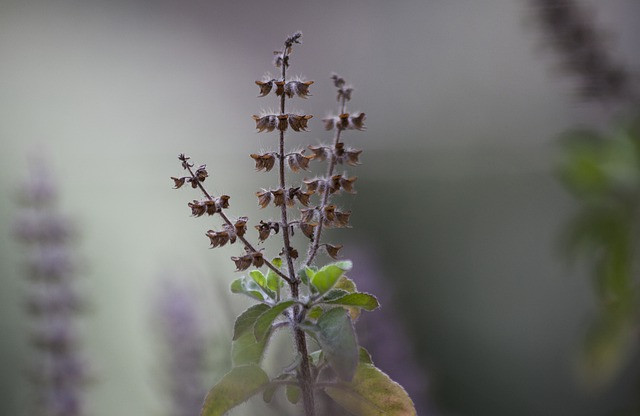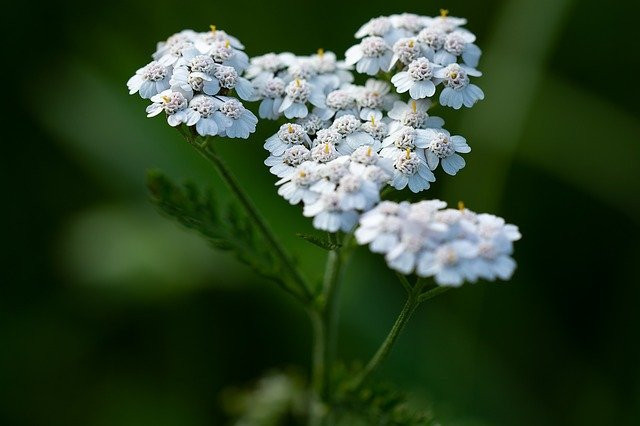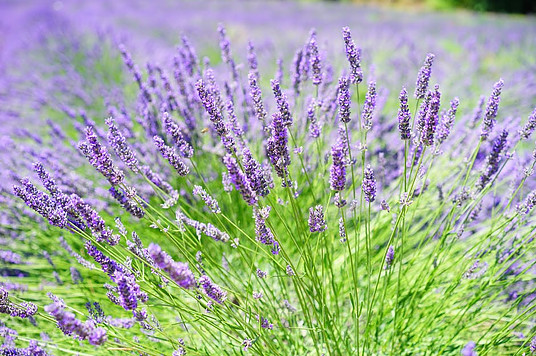13 Weeds You Can Eat
Weeds are everywhere, in abundance. There has to be a reason. Maybe weeds are here to eat! I just can’t believe that God put weeds on the earth to annoy us. There has to be a greater plan. Since weeds are so readily available, maybe we should start paying attention to them. Maybe it’s time to start recognizing how we can use them to nourish and heal us. And a great place to start is on your own block or in your own backyard. How many of these 13 common weeds can you find today?
Once you identify the ones you have, click on the picture to discover different ways to use that plant.
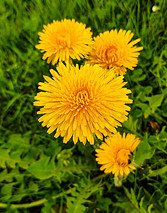
Dandelion
I think everyone can readily identify the dandelion. Your kids probably pick them by the bucketful in the summer. I know mine did! You can use the leaves, flowers and roots of this powerhouse of a healing plant! This is clearly a weed you can eat. Better still, make a tincture!
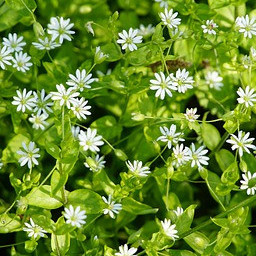
Chickweed
Chickweed is one of those quiet little weeds you can eat and you really don’t notice it unless it’s growing in between the bricks in your garden pathway. It’s small and looks delicate but isn’t. This is one to put in your springtime salad or dry to use in creams and lotions.
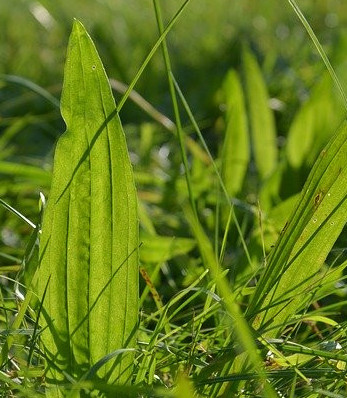
Plantain
Plantain can have broad fat leaves or long slender leaves. Both can be used interchangeably for the most part. Plantain leaves are helpful for making poultices for bites, stings or wounds. Mash it up and put it on or layer it over the area. You can eat the leaves, root and seeds. Each part has a different healthy function and all are packed with vitamins and minerals.
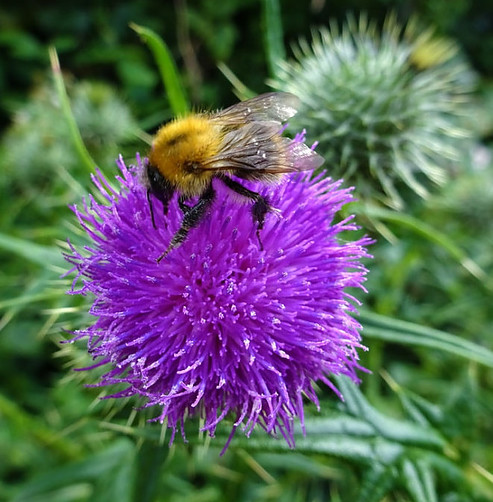
Thistle
Thistle is prickly! This one is similar to some raspberry plants that sting your finger with an almost invisible little stinger type hair. It might be super hard to see but it’s very easy to feel! Just rub gently across it when it sticks you and it hurts way more than a tiny little wisp of a thing should hurt. It will keep on hurting until you find it and pull it out. Other than that issue, thistle is extremely useful. You can eat the leaves, flowers and roots. The roots make a very strong medicinal tonic.
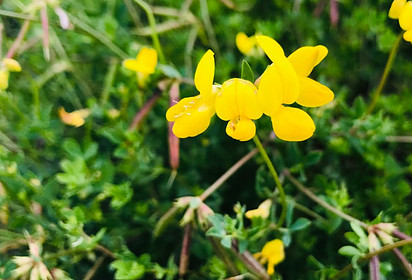
Mustard
There are a lot of different types of mustard plants. Brown, yellow and rocket are three common ones. Mustard plants have beautiful delicate little four petaled flowers colored white, pink or yellow. You can make mustard out of the seeds or eat the leaves in a salad.
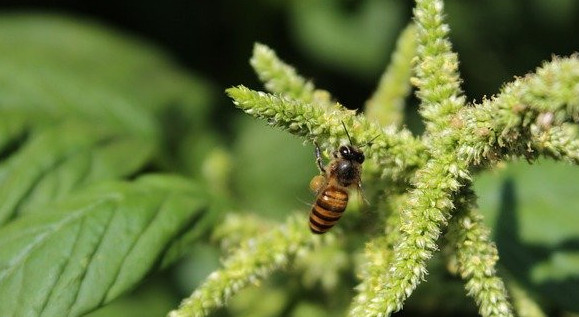
Amaranth
Amaranth starts out small but can end up over 5 feet tall. The seeds can be used as a type of flour which you have probably seen in the store. Every part of the plant can be eaten and has many medicinal properties.
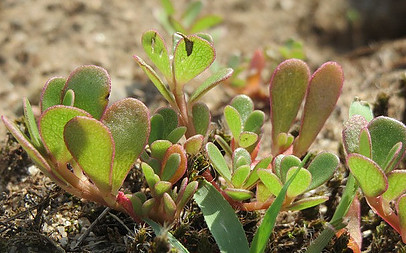
Purslane
Purslane is one of those weeds that you do not notice until all of a sudden it’s everywhere and you wonder how you missed it. The leaves have that dense, thick feel, like it should pop open when squished (but doesn’t). Purslane can be eaten in salads, juiced, used as a thickener in cooking or used in beauty products.
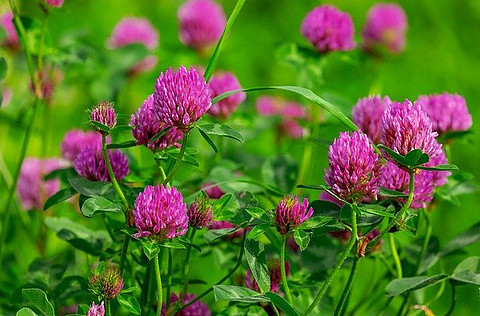
Red Clover
Red clover grows all along the edge of the streets in my neighborhood as well as in the grass. I think it’s one of the most beautiful little flowers that seems to grow everywhere and the bees love it which should be a clue to us. You can eat the leaves when young and use the flowers in many different ways such as in a tea or tincture. Red clover has many different medicinal uses.
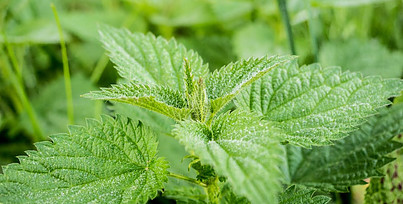
Nettle
Stinging Nettle is the most common name for this plant and that should tell you something very important about it. It stings! I don’t notice right away when I come in contact with it but then I have a rash up the inside of my arm from rubbing against the leaves and it really does sting. People used to slap the leaves over an arthritic joint to help them with arthritis pain. The idea is that the iritation from the leaves will cause more blood to come to the area. The blood will help to carry out any impurities in the area that are causing your arthritis pain. I’ve only tried it by accident though because it hurts!. Stinging nettle does tend to get a bad rap for obvious reasons and it really does have a lot of medicinal value.
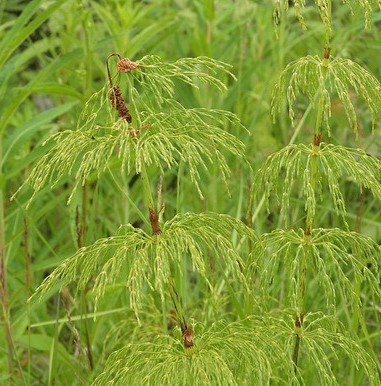
Horsetail
Horsetail can grow by the side of the road as well as in wet areas. Some people prepare the young stalks of Horsetail like an asparagus plant. This happens to be one of the most delicious weeds you can eat. The whole plant can be used medicinally. A tea from the leaves can be a tonic for the whole body. It can also be used as a compress for wounds.
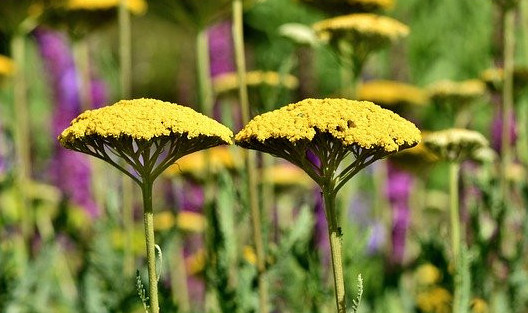
Yarrow
Yarrow grows off to the side of your yard or in a vacant field. You can’t miss the tall, beautiful yellow flowers that seem to gently sway with the slightest breeze. Yarrow is not only beatiful, it’s a major medicinal plant as well. I like to infuse the flowers in an oil to use during the winter.
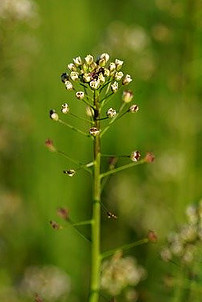
Shepards Purse
Shepards Purse is another plant in the mustard family. The flower stalk can grow over 2 feet tall and has pretty, petite four petaled flowers. The leaves and seeds are used medicinally. The leaves can taste like cabbage and the seeds can be used as a mustard.
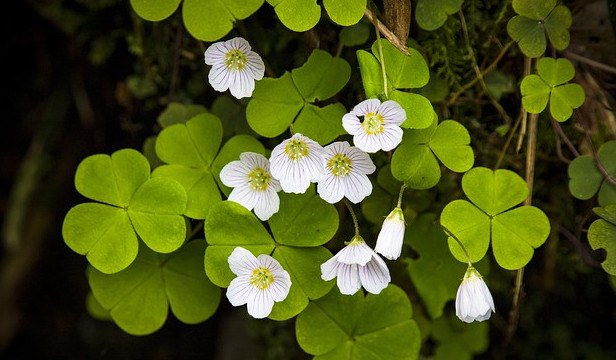
Oxalis
Oxalis is that lucky three or four leaved clover of Irish fame. It grows quietly and low to the ground until all of a sudden stands up to be counted. This one always amazes me how quickly it can just flourish. The whole plant is edible and each part has a specific purpose but a little goes a long way with this one. A tea made from the root can help eliminate parasites which is good to know. This is also the plant to use for scurvy.
Click on each individual picture if you want to learn more about that plant and how to use it.
How many of these 13 common weeds can you find today? Seriously! Better still, how many of these common weeds can you eat from your own yard? Let me know in the comments below. I have all of them in my backyard right now. (Unless you are reading this in the winter because I am in zone 5 and pretty much nothing grows around here in the winter, sadly.)
